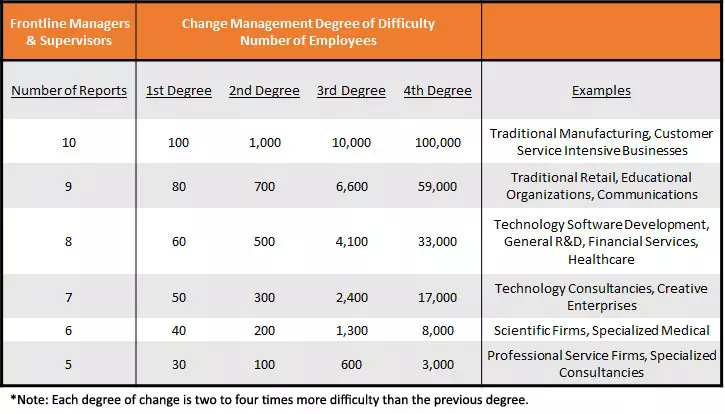Anticipating Resistance to Change in Your Company
A key attribute of change leadership is anticipating resistance to change. Too much though resistance is seen as bad. Therefore, those who resist are bad.
Yet, resistance to change is as natural as gravity. It prevents knee-jerk actions. It’s a brake against poor leadership.
The Secret in Anticipating Resistance to Change
Therefore, assessing any change means assessing resistance too. Yes, many factors make any change hard. Still, the secret in any change is relationships.
Relationships are like electricity. They degrade over number of contacts and distance. As more people plug into us, the less of a charge there is for each. As more serve as conductors between us and another person, the relational charge degrades.
The Resistance in Relationships
Thus, when it comes to anticipating resistance to change from relationships, the ones between managers and employees are key. That’s because managers usually drive change.
If managers have too many reports, resistance will increase. The “charge” isn’t strong enough to power change in all. Too few reports usually means more management layers. These increase resistance because more conductors exist.
Ideal Relationships for Change

Figure 1: The key to anticipating resistance to change is understanding how relationships change as reports and employees increase. We more commonly call this “office politics.”
As a result, from a change standpoint, five to ten reports are ideal. Figure 1 shows how this relates to number of employees to produce a degree of difficulty for the change. Again, it only accounts for relationships, not logistics.
Each degree of change will be about three times harder than the previous one. Therefore, as an example, the fourth degree change is about twenty-seven times harder than the first, nine times the second and three times the third.
Types of Jobs and Employees That Increase Resistance
Another important factor in anticipating resistance to change are the types of jobs. More specialized, skilled and complex jobs will yield more resistance. Two reasons exist.
First, their mangers will likely have fewer reports. For instance, these managers will likely appear as team, practice or project leaders.
Second, the work, and therefore the employees, will likely give some unique benefit. They’re star performers. They tend to resist change more than others. Figure 1 gives examples of such companies.
Better Strategies for Change
Anticipating resistance to change is hard. Getting a handle on this when driving change begins with assessing relationships. It will help us come up with a better change management strategy.
It’s hard to quantify relationships. That’s what makes them so easy to discount when assessing resistance. Yet, math can give insights to this. People are best with four to eight good relationships. That’s a number. This is math.
This math gave Figure 1. It won’t quantify that resistance, but it will give one a greater feel for it. That can only yield better strategies for change.


